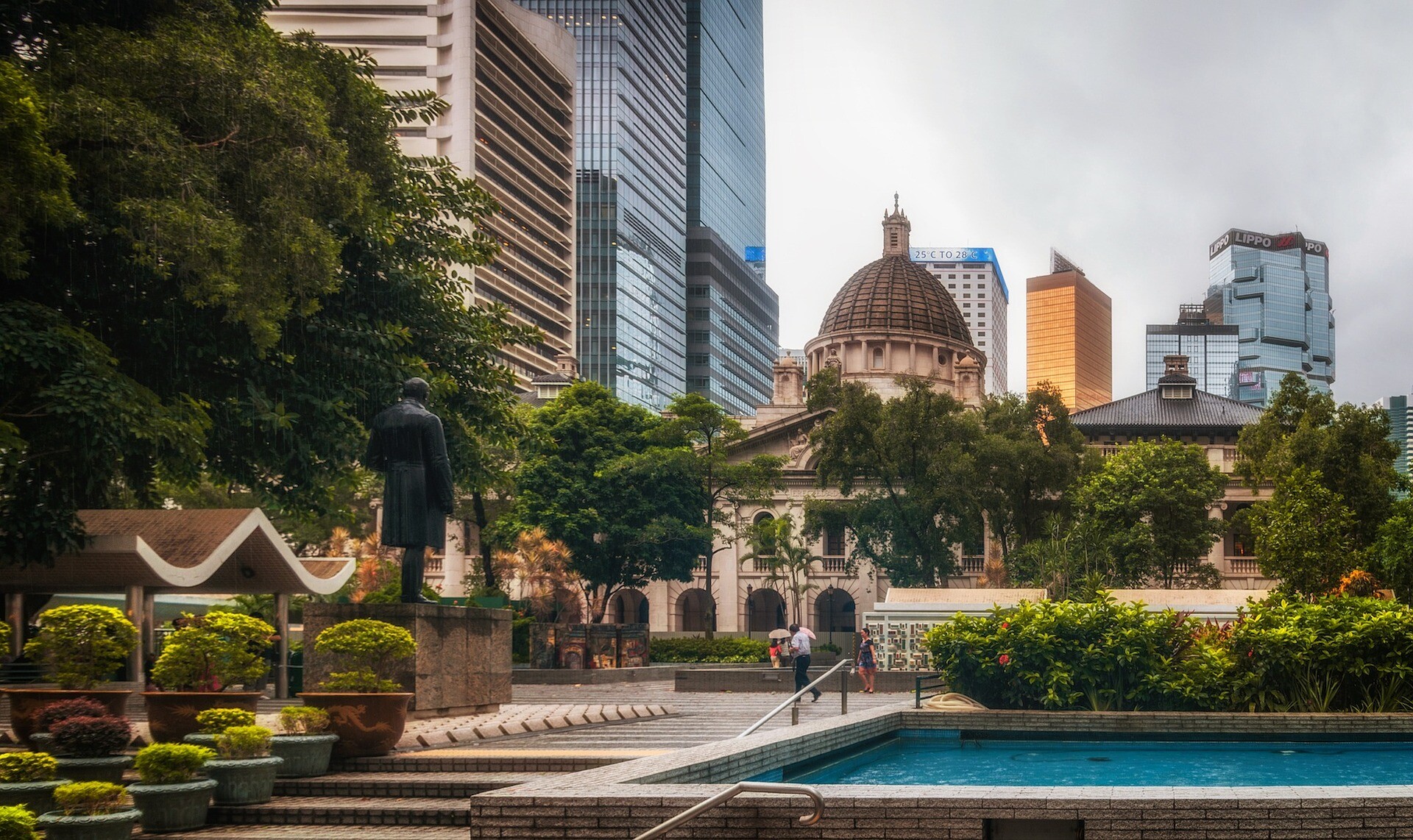Author | Eduardo BravoIn 2015, the UN member states established seventeen measures to end poverty, guarantee peace and protect the planet with a target date of 2030. These Sustainable Development Goals include making human settlements more inclusive, safe, resilient and sustainable.According to the UN, 55% of the world’s population, 4.5 billion people, live in urban areas. However, cities barely occupy 3% of the Earth’s land surface. This does not prevent them from accounting for 60-80% of energy consumption and generating 70% of the world’s carbon emissions into the atmosphere. Sustainable cities have emerged to solve this problem. Or rather, cities have begun to appear that really are committed to sustainability instead of simply patching up issues.
What makes a city sustainable?
A sustainable city is one that aims to improve the quality of life of its existing and future inhabitants, respecting natural resources and seeking social justice. To achieve this, they provide access to basic public resources, they reduce CO2 emissions, they foster sustainable consumption, recycling and fair trade. There are many cities that have implemented solutions aimed at achieving these goals. These include those known as the C40, which have been working in this direction since 2005.
The most sustainable cities:
The parameters that make a city more sustainable than others are diverse and potentially open to interpretation. However, more or less weighted lists can be drawn up. Once of these is the Sustainable Cities Index, published by Acardis in 2018, producing the following results:
1. London, England
Good public services including healthcare, education and transport, a work-life balance, low crime rates and economic potential make London the most sustainable city on Earth. The only aspect that needs improvement is its environmental quality.
2. Stockholm, Sweden
The initiatives aimed at promoting public transport, electric vehicles and bicycles have enabled Stockholm to now have lower air pollution levels than the average of all C40 member cities. It also stands out for its green spaces and a strong focus on social policies.
3. Edinburgh, Scotland
The Scottish capital has low levels of delinquency, equal pay policies and investments in infrastructures to ensure citizens are connected to the internet and, ultimately, to public institutions.
4. Singapore, the Republic of Singapore
Its economic potential, positive higher education figures and its leading position in research, as well as its efficient transport network in a country that is an island, make Singapore worthy of inclusion in this list. Its particular features make this city-state the paradigm of a smart city.
5. Vienna, Austria
The capital of Austria has one of the best public transport systems in the world. It is also considered to be one of the best cities in the world to live thanks to its diverse range of cultural events and technological development. In fact, in some lists Vienna appears as the best city in the world to live.
6. Zurich, Switzerland
In 2016, it was ranked as the most sustainable city in the world. Today, it only maintains that title within Switzerland thanks to its alternative modes of transport, energy efficiency and for reducing energy consumption per person to 2,000 watts.
7. Munich, Germany
The municipal company Stadtwerke München generates renewable energy for households in the city. A solution which, by 2025, will reach industries and companies. It also uses geothermal energy to heat households and reduce CO2 emissions.
8. Oslo, Norway
Its green areas, forests, waste management and its commitment to public transport, electric vehicles and bicycles to reduce CO2 emissions by 50%, make Oslo, the economic heart of Norway, a sustainable and green city.
9. Hong Kong, China
The second most sustainable city of Asia after Singapore, thanks to its economy and transport networks. However, it needs to improve three aspects: pollution, massification and social inequality.
10. Frankfurt, Germany
The German city plans to reduce its CO2 emissions by 50% by 2030. It hopes to achieve this goal through its commitment to renewable energies, promoting energy efficiency with discounts and the creation of a green belt with more than 200,000 trees.Images | Nexvoyage, Pdimaria, Akenarinc, Designerpoint, Frankfurt.





















































